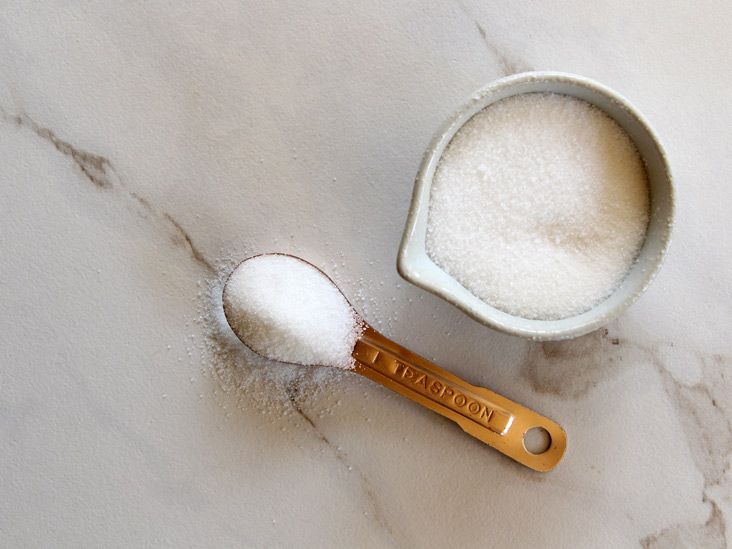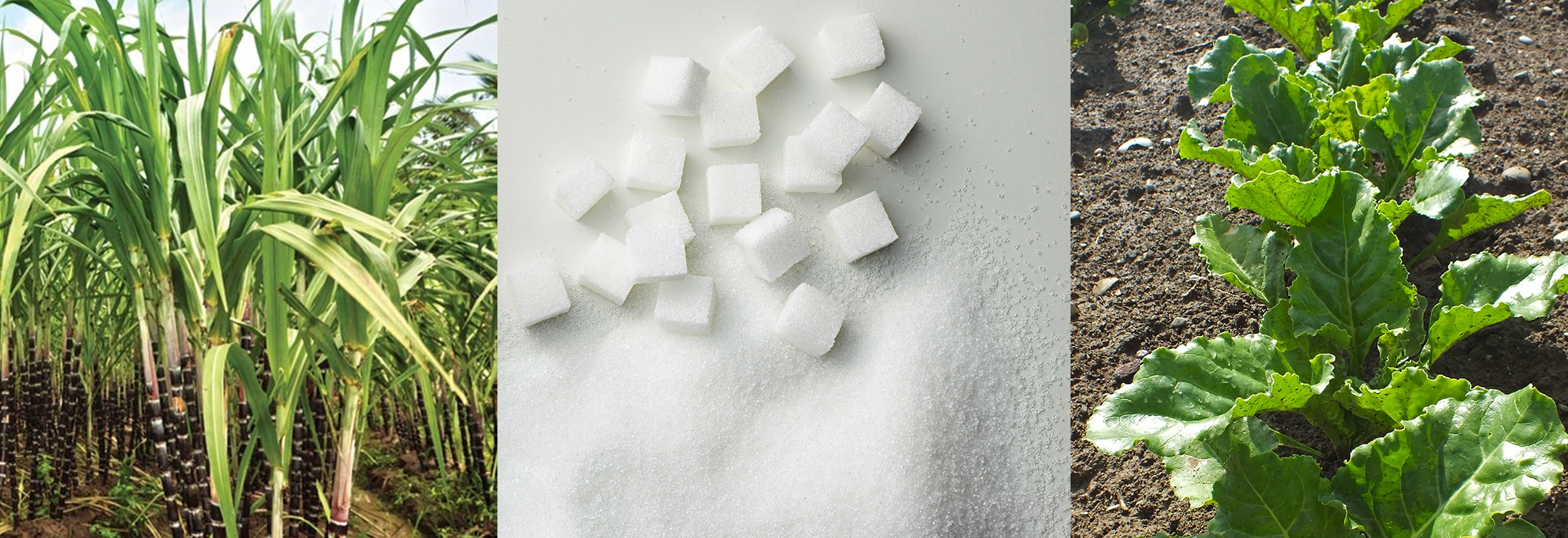Beet Sugar Vs Walking Stick: Which Sweetener Reigns Supreme in Your Cooking Area?
The choice between beet sugar and cane sugar often shows not just personal taste but additionally the cooking demands of specific dishes. Cane sugar is frequently applauded for its rich, complex flavor that improves baked products, while beet sugar uses an extra neutral sweet taste that may match a variety of applications.
Origins of Beet Sugar
Beetroot sugar, stemmed from the sugar beetroot plant (Beta vulgaris), has an abundant history that dates back to the late 18th century. The initial successful extraction of sugar from beets happened in Germany around 1747, when chemist Andreas Marggraf recognized the plant's sugar material. By the early 19th century, the procedure was refined and commercialized, resulting in the facility of beet sugar manufacturing facilities across Europe.
The surge of beetroot sugar was substantially influenced by geopolitical variables, specifically the Napoleonic Battles, which disrupted walking cane sugar materials from the Caribbean. This motivated European nations to purchase beetroot sugar manufacturing as a domestic alternative. The establishment of the sugar beet industry offered an economic boost to backwoods, producing work and stimulating agricultural practices.
Beginnings of Walking Stick Sugar

By the 7th century, sugar walking cane was presented to the Middle East, greatly as a result of the growth of Islamic realms. The innovation for refining sugar from cane juice advanced during this period, leading to the facility of massive sugar manufacturing. The Campaigns additionally assisted in the introduction of sugar to Europe, where it came to be a sought after high-end product by the 12th century.
The considerable need for sugar in Europe resulted in the facility of ranches in the Caribbean and South America throughout the colonial period. This marked a turning point in sugar manufacturing, transitioning from a luxury good to an essential commodity, fundamentally forming cooking techniques and economic climates worldwide.
Flavor Profiles Contrast
While both beet sugar and walking stick sugar serve the exact same key function as sugar, their flavor accounts show refined differences that can affect cooking applications (beet sugar vs cane). Walking cane sugar is usually taken into consideration to have a somewhat more intricate flavor, identified by a tip of caramel notes that can improve the preference of baked items and confections. This depth is attributed to the presence of trace element and organic substances that are a lot more obvious in cane sugar due to its natural processing techniques
On the other hand, beet sugar tends to have a cleaner, a lot more uncomplicated sweetness with less flavor complexity. It is usually described as having a slightly metallic aftertaste, which may be less desirable in particular delicate meals or beverages. This distinction comes to be especially significant in dishes where the sugar's taste might take on other active ingredients, such as in fruit preserves or great pastries.
Eventually, the option in between beetroot sugar and cane sugar might come down to personal choice and the details needs of a dish. For those looking for a nuanced flavor to complement their culinary productions, walking cane sugar might be the favored choice, while beet sugar serves as a functional and versatile alternative in lots of applications.
Nutritional Differences
Nutritionally, both beetroot sugar and walking cane sugar are virtually similar, mainly made up of sucrose and supplying the exact same caloric material. Each sort of sugar contains around 4 calories per gram, making them equal in energy contribution when made use of in food and drinks - beet sugar vs cane. This resemblance encompasses their chemical structures, which include sugar and fructose particles bound with each other
While the main dietary worth of both sugar is essentially the same, some small variations exist in trace element. Walking stick sugar may include percentages of potassium, calcium, and magnesium, while beetroot sugar is commonly without these nutrients. The amounts present are minimal and do not significantly effect total dietary consumption.
It is necessary to Get More Info keep in mind that neither beet sugar neither walking stick sugar supplies any significant health and wellness benefits; they are best eaten in small amounts as part of a well balanced diet plan. Too much intake of any type of sugar can add to health problems such as obesity, diabetes, and dental issues. As a result, when taking into consideration nutritional differences, the emphasis ought to continue to be on moderation and overall dietary patterns as opposed to the min differences in between beet and walking stick sugars.
Food Preparation and Cooking Utilizes
When it involves food preparation and baking, both beet sugar and walking stick sugar can be used mutually in the majority of recipes due to their comparable chemical make-up and useful residential or commercial properties. Both sugars are composed primarily of sucrose, which means they will certainly offer the same level of sweetness and add to the Maillard response, essential for browning and flavor growth in baked items.
In cooking, both beet and walking cane sugars can be made use of in cookies, cakes, and breads without impacting the structure or structure of the final product. There are subtle distinctions in taste; some bakers argue that cane sugar offers a slightly cleaner sweetness, while beetroot sugar may give a much more robust taste.
For food preparation applications, both sugars do just as well in sauces, marinates, and dressings, boosting tastes without modifying the desired result. Furthermore, they can be used in candy-making processes, where precision is find more essential, as both sugars crystallize likewise.

Verdict
In recap, both beet sugar and cane sugar possess unique origins and taste profiles that influence their culinary applications. Walking cane sugar's complex, caramel-like notes boost the taste of baked products, while beet sugar uses a tidy sweetness ideal for a broad array of recipes.
Walking stick sugar is regularly praised for its rich, complicated flavor recommended you read that enhances baked items, while beet sugar provides an extra neutral sweetness that might match a variety of applications.Beetroot sugar, derived from the sugar beetroot plant (Beta vulgaris), has an abundant background that dates back to the late 18th century.While both beet sugar and walking cane sugar serve the exact same key function as sweeteners, their flavor accounts exhibit refined differences that can affect culinary applications.In recap, both beet sugar and cane sugar have distinct origins and flavor accounts that affect their cooking applications. Cane sugar's complex, caramel-like notes boost the flavor of baked goods, while beetroot sugar supplies a clean sweetness appropriate for a vast variety of recipes.
Comments on “Beet Sugar vs Cane: A Comprehensive Comparison for Health-Conscious Consumers”